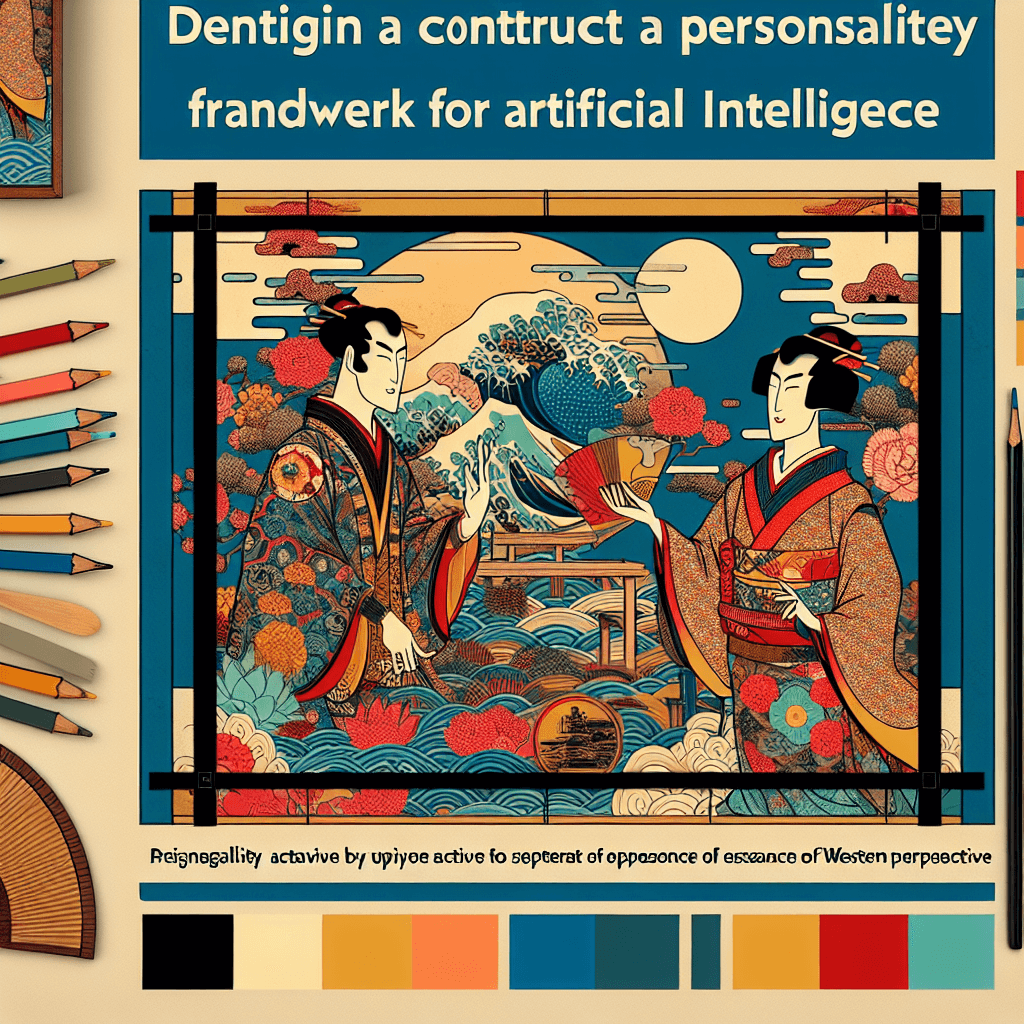Building a Personality Structure for Artificial Intelligence: A Comprehensive Guide
syndu | Oct. 29, 2023, 1:48 p.m.

Building a Personality Structure for Artificial Intelligence: A Comprehensive Guide
Introduction
Artificial Intelligence (AI) has come a long way from its inception, evolving from executing simple tasks to demonstrating complex behaviors that mimic human intelligence. One of the most intriguing advancements in AI is the development of AI personalities, which make interactions with AI more engaging and human-like. This blog post will guide you through the process of building a personality structure for an AI.
Understanding Personality
Before we delve into creating a personality for AI, it's important to understand what personality is. In humans, personality refers to individual differences in characteristic patterns of thinking, feeling, and behaving. It's a combination of traits and characteristics that define us as individuals.
Step 1: Define the AI's Role and Purpose
The first step in building a personality for your AI is to clearly define its role and purpose. Is it a customer service bot designed to assist users? Or is it a virtual assistant meant to manage tasks and schedules? The AI's purpose will greatly influence its personality. For example, a customer service bot might need to be patient and empathetic, while a virtual assistant might need to be efficient and proactive.
Step 2: Identify Key Personality Traits
Once you've defined the AI's role, the next step is to identify key personality traits that align with this role. Using established personality frameworks, such as the Big Five personality traits, can be helpful. The Big Five traits include openness, conscientiousness, extraversion, agreeableness, and neuroticism. For an AI, you might consider traits like approachability, clarity, adaptability, and reliability.
Step 3: Create a Personality Profile
After identifying key traits, create a comprehensive personality profile for your AI. This should include not only the AI's traits but also its values, motivations, and even quirks. This profile will serve as a guide for how the AI will interact with users.
Step 4: Implement the Personality
The next step is to implement the personality into the AI's design. This involves translating the personality profile into the AI's communication style, responses, and behaviors. The AI should consistently exhibit its personality traits in all interactions.
Step 5: Test and Refine
Finally, test the AI with users and gather feedback. Use this feedback to refine the AI's personality and make it more engaging and effective. Remember, building an AI's personality is an iterative process that requires continuous testing and refinement.
Note: Building a personality for an AI is a complex but rewarding process. It not only makes the AI more engaging and relatable for users but also enhances the overall user experience.
Conclusion
By following these steps, you can create a unique and effective personality for your AI.






